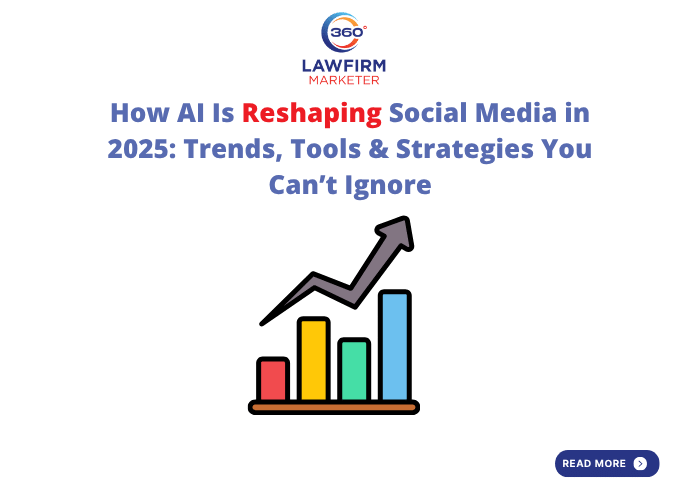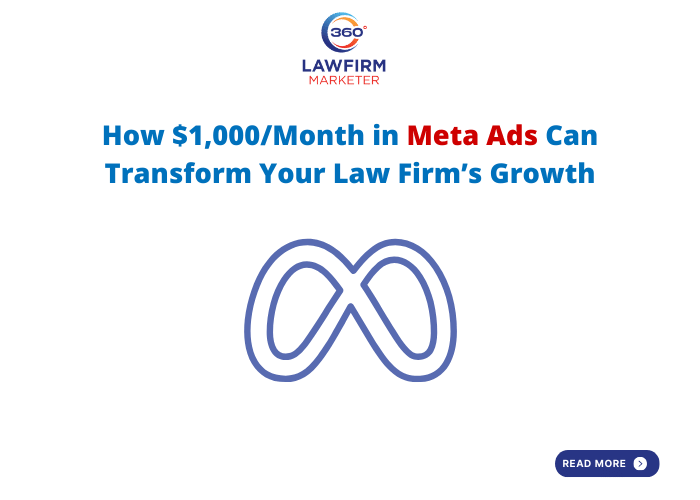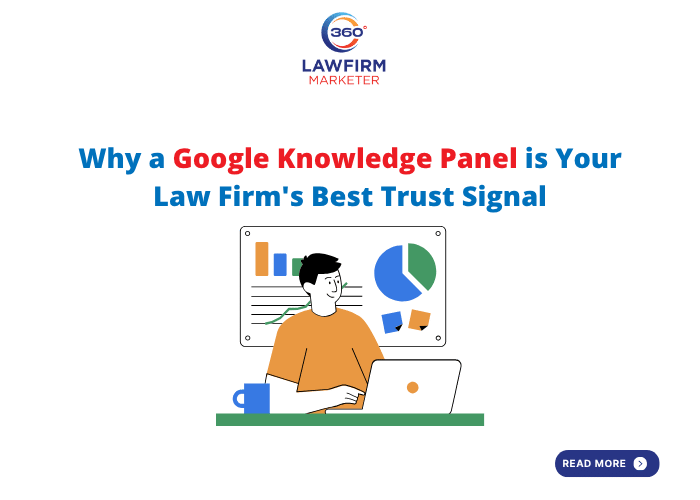How AI Is Reshaping Social Media in 2025: Trends, Tools & Strategies You Can’t Ignore

In 2025, a winning social media strategy isn’t just about creativity and consistency it’s about how well you integrate artificial intelligence (AI) into your workflow. According to data from over 1,100 social media marketers, 72% say their AI-generated social content outperforms content made without AI. That shows the shift isn’t optional, it’s essential. To build the right skills for this evolving landscape, many professionals are turning to a digital marketing course Ahmedabad, to stay ahead.
Let’s explore how AI is changing social media, what tools to use, and how you can build a futureproof AI-powered strategy.
Why AI Deserves a Place in Your Social Strategy
AI is not a “nice to have” anymore it’s a game changer. It accelerates your ability to:
- Understand your audience analyze patterns in engagement, sentiment, or topics from social conversations
- Generate content brainstorm ideas, structure posts, and even produce visuals or short videos
- Personalize experiences at scale meet users where they are with tailored content
- Deliver analytics & insights filter through mountains of data to identify trends
- Enhance customer interaction via chatbots, automated responses, and moderate communities
- Optimize paid campaigns from creative design to bid optimization
While AI won’t replace human creativity, it frees you from repetitive tasks so you can focus on strategy, community, and originality.
Six Key Advantages of AI in Social Marketing
1. Smarter Audience Research & Listening
Using AI, you can sift through public social posts, hashtags, and brand mentions to detect sentiment, trending topics, and customer pain points. Tools like Brand watch or Talk walker embed AI models to surface emerging topics faster and link them to personas or competitive benchmarks.
For professionals aiming to enhance their strategic skills, earning a certificate in business development can provide a strong foundation in growth planning and market analysis.
2. Speedy, Scalable Content Creation
Marketers report using AI most often for:
- Short-form video scripts
- Post captions and copy
- Image generation or visual enhancements
You can start by prompting AI with context (your brand voice, content goal, audience) to generate multiple post drafts, then refine them with your creative judgment.
3. Deep Personalization
AI empowers hyper-targeted content. It can help generate post variants or replies tailored to specific audience segments, making users feel seen without human hours scaling linearly.
4. Insights & Analytics at Scale
Gone are the days of manual spreadsheet wrangling. Upload CSVs of social data into AI models, and ask for summaries of what’s working, what’s not, and recommendations for growth. But always validate AI’s suggestions treat them as hypothesis, not gospel.
5. Better Customer Experience
AI chatbots on platforms such as Messenger or Messenger-like DM channels can manage FAQs, route messages, collect lead info all around the clock. When built wisely, they improve responsiveness without losing brand voice.
6. Smarter Paid Campaigns
From image generation (via DALL-E, Midjourney) to ad copy, AI supports creative + media. Many ad platforms already use AI to optimize bidding. When you pair that with AI-generated creative, your ad performance can leap forward.
Top AI Tools You Should Know
To make AI work for you (not the other way around), here are tools many social marketers rely on:
- HubSpot Social Post Generator integrate with your HubSpot setup and generate platform-specific posts from blogs or prompts.
- Lately AI repurposes your long content into social posts, learning what works overtime.
- Hootsuite Owl Writer AI built into Hootsuite for crafting copy tailored to each network and platform format.
- Sprout Social AI Assistant analyzes performance and suggests content ideas or response templates.
- ChatGPT Pro & Custom GPTs for ideation, campaign writing, brand voice adaptation, etc.
- Canva AI generate visuals, format them for different platforms, animate content, and more.
- Brand watch Consumer Intelligence AI for social listening, trend spotting, sentiment mapping and predictive insights.
Importantly, these tools should not replace your human creativity and strategic judgment.
Step-by-Step: How to Embed AI into Your Social Strategy
Here’s a practical roadmap to adopt AI meaningfully:
1. Define Clear Goals
Decide whether AI will help you drive engagement, content volume, audience growth, or insights. Setting measurable goals helps evaluate outcomes.
2. Start Small, Experiment Intentionally
Try one AI use case first (e.g. caption generation), measure results, learn, and expand. Avoid throwing everything at it at once.
3. Craft Strong Prompts
AI output is only as good as your instructions. Details are voice, audience, format, and goal when giving prompts.
4. Know Your Audience & Personas
AI helps analyze data, but you must supply context, market knowledge, target segments, and business goals. Use AI to augment and not determine your strategy.
5. Choose the Right Platforms
Different channels demand different approaches to AI:
- On X (Twitter), you might generate threads or concise commentary
- On Instagram, repurpose articles into carousel graphics or story-sized visuals
- On LinkedIn, produce insights or mini essays
Align AI usage according to platform strengths.
6. Define Metrics & KPIs
Don’t get lost in vanity metrics. Focus on metrics that tie back to business goals, such as:
- Reach
- Clicks
- Engagement rate
- Conversion rate
Use those to measure which AI usage is helping.
7. Review, Validate & Pivot
AI suggestions can be intelligent, but they aren’t flawless. Always staff someone to review output, test, and adjust. If something underperforms, shift to a new tactic or tool.
Putting It All Together: AI + Human = Growth Machine
AI has enormous potential to supercharge your social media efforts. As much as we emphasize efficiency, the essence of social media is authenticity, community, and human connection. Use AI to handle the heavy lifting research trends, drafting multiple content ideas, generating visual variations so your creative energy can go into refining, engaging, adapting, and distinguishing your brand.
Your ideal workflow might look like this:
- Use AI to analyze trends and sentiment
- Prompt AI to produce multiple content drafts across formats
- Refine and humanize the content
- Schedule and automate, with oversight
- Use AI for ongoing analytics and optimization
- Pivot based on results and keep human judgment at the center
Final Thoughts
AI is no longer optional it’s a critical lever for social media success in 2025. From scaling content creation to uncovering audience insights and optimizing campaigns, its impact is broad and accelerating. To stay competitive in this fast-evolving landscape, many professionals are also exploring business development courses online to strengthen their strategic and digital skills alongside AI-driven tools.
But remember: AI is a powerful tool, not a replacement for human intuition. Ground your strategy in audience understanding, brand values, and ongoing experimentation. Use AI where it accelerates your efforts, then lean on people for heart, creativity, and connection. To deepen your grasp of digital strategy and search trends, consider enrolling in an SEO course in Ahmedabad for hands-on, practical learning.
If you’d like help crafting an AI-powered social media plan, selecting tools, or running experiments, I’d be glad to help.




